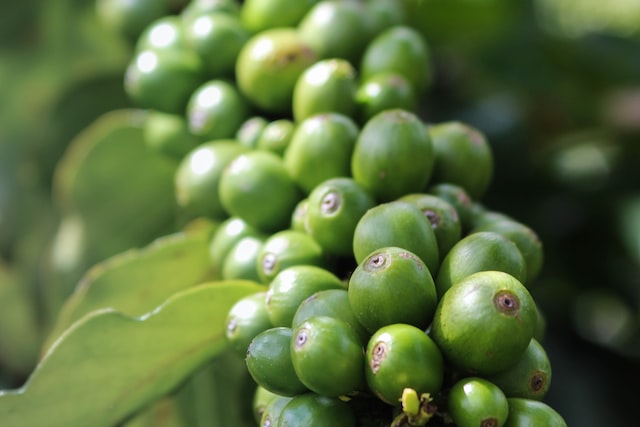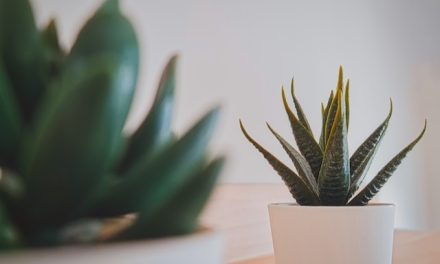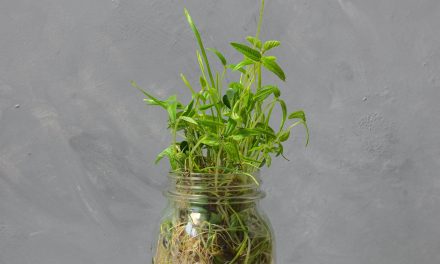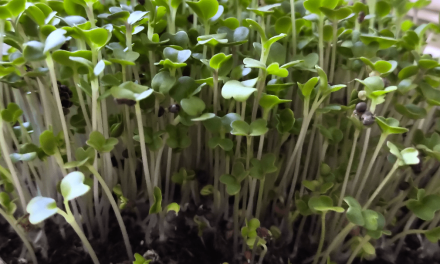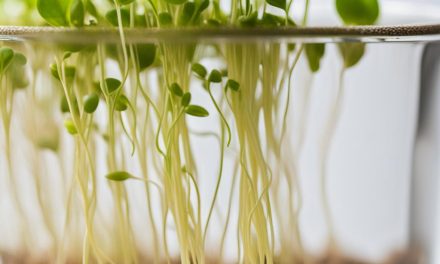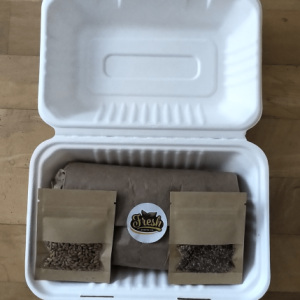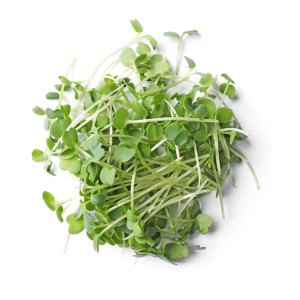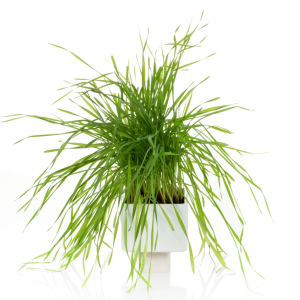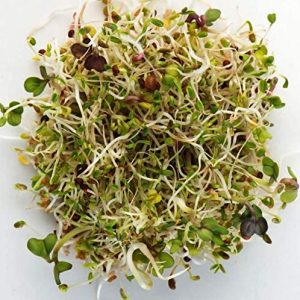Vanilla is one of the most popular flavors and scents in the world. It’s used in baking, cosmetics, and fragrances, and it all comes from the vanilla plant. While it may seem like a difficult task to grow vanilla at home, it’s actually possible with a little bit of patience and care.
Before we dive into how to grow vanilla, let’s first understand the basics of the plant itself. Vanilla is a tropical orchid that is native to Mexico, but now it is grown in many tropical regions around the world, including Madagascar, Indonesia, and Tahiti. The vanilla plant grows as a vine and needs a support structure to climb on, such as a trellis or a stake. The plant also needs a warm and humid environment to thrive, so it’s important to replicate those conditions as much as possible when growing vanilla indoors.
Now, let’s go through the steps of growing vanilla at home:
- Purchase a Vanilla Plant: Vanilla plants can be hard to come by, but you can often find them at specialty nurseries or online. Make sure you purchase a healthy plant from a reputable source. If you’re not able to find a vanilla plant, you can also try growing it from a cutting, which can be more challenging but is still possible.
- Choose a Pot and Soil: Vanilla plants grow best in well-draining soil that is rich in organic matter. You can use a potting mix that is designed for orchids or create your own by mixing equal parts of perlite, peat moss, and bark. The pot should be at least 12 inches deep and wide, and it should have drainage holes at the bottom to prevent water from sitting in the soil.
- Provide Support: Vanilla plants grow as vines and need support to climb. You can provide a support structure by installing a trellis or placing a stake in the pot. As the plant grows, gently tie the vines to the support structure to encourage upward growth.
- Maintain Warm and Humid Conditions: Vanilla plants thrive in warm and humid environments. Aim to keep the temperature between 70-85°F (21-29°C) and the humidity between 50-85%. You can increase the humidity by placing a tray of water near the plant or using a humidifier. It’s also important to keep the plant out of direct sunlight, as too much direct sunlight can damage the leaves.
- Water and Fertilize: Vanilla plants need to be kept consistently moist, but not waterlogged. Water the plant when the top inch of soil feels dry to the touch. You can fertilize the plant once a month with a balanced fertilizer that is designed for orchids. Be careful not to over-fertilize, as this can damage the plant.
- Be Patient: Vanilla plants are slow growers and can take several years to produce flowers and fruit. Be patient and keep providing the plant with the proper care it needs. Once the plant does produce flowers, you will need to hand-pollinate them in order for the plant to produce fruit.
- Harvest the Vanilla Beans: Once the vanilla beans have grown to full size, they will begin to turn yellow. At this point, they are ready to be harvested. Cut the bean from the vine and rinse it under cool water. To fully develop the flavor, the beans need to be cured. This involves drying them in the sun during the day and storing them in a dark, cool place at night. The curing process can take several weeks to several months, depending on the climate and humidity.
Growing vanilla at home can be a fun and rewarding experience, but it does require some patience and dedication. By providing your plant with the right conditions, you can successfully grow your own vanilla beans and enjoy the sweet and aromatic flavor.

